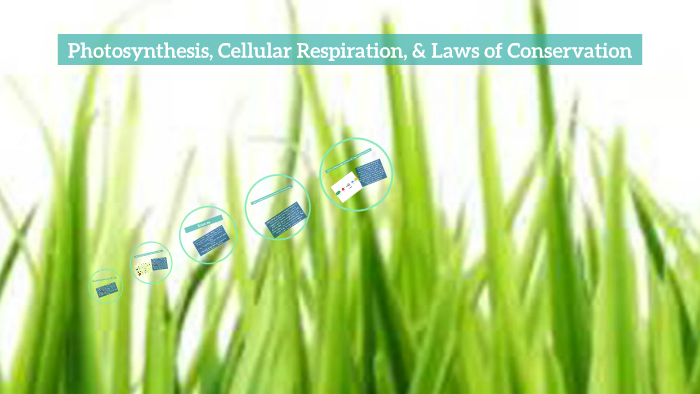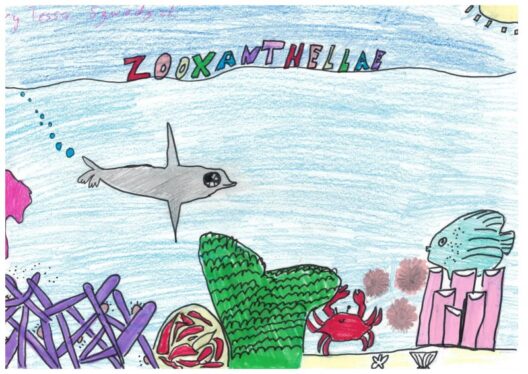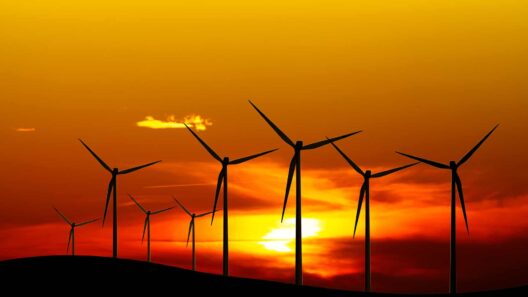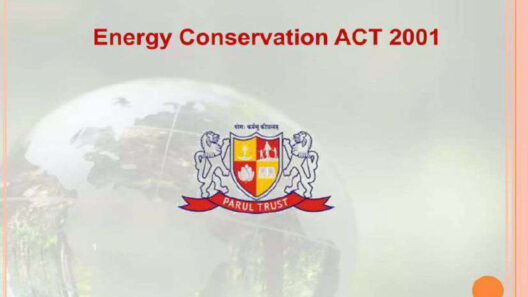Photosynthesis is a fundamental process that underpins life on Earth. It serves not only as a means for plants to manufacture their own food but also plays a crucial role in the larger ecological and biochemical systems. At its core, photosynthesis exemplifies the principles of the conservation of mass and energy, demonstrating the intricate balance that sustains life. This balancing act between the input and output of different substances and energy forms reminds us of the interconnectedness of ecosystems and the need for conservation efforts.
In essence, photosynthesis occurs in the chloroplasts of plant cells, where sunlight energy is harnessed to convert carbon dioxide and water into glucose and oxygen. The overall reaction can be simplified into a chemical equation: 6 CO2 + 6 H2O + light energy → C6H12O6 + 6 O2. This equation succinctly portrays how matter is neither created nor destroyed, but rather transformed from one form to another. It encapsulates the law of conservation of mass, highlighting that the number of atoms remains constant throughout the process.
The process of photosynthesis can be divided into two main phases: the light-dependent reactions and the light-independent reactions, often referred to as the Calvin cycle. During the light-dependent reactions, which occur in the thylakoid membranes of chloroplasts, sunlight is captured by chlorophyll and converted into chemical energy in the form of ATP and NADPH. This energy conversion is crucial for powering subsequent enzymatic reactions that facilitate the synthesis of glucose.
In parallel, water molecules are split (a process called photolysis), releasing oxygen as a byproduct. The oxygen produced arises from the hydrogen in water, which underscores the cyclical nature of mass and energy. This demonstrates a vital ecological service that photosynthesis provides, releasing oxygen into the atmosphere and supporting aerobic life forms. Thus, the conservation of mass is exemplified not just by the transformation of reactants into products but also by the continuous cycling of essential components through the environment.
Following the light-dependent stage, the Calvin cycle utilizes the ATP and NADPH to convert carbon dioxide from the atmosphere into glucose through a series of carbon fixation reactions. This phase occurs in the stroma of the chloroplasts. The incorporation of atmospheric carbon dioxide into organic molecules signifies the remarkable ability of plants to sequester carbon, playing a pivotal role in mitigating climate change. The energy stored in glucose can later be accessed by the plant and other organisms up the food chain, reinforcing the importance of energy conservation as well.
However, the relationship between photosynthesis and conservation is not merely about energy and matter in isolation; it extends to the ecological ramifications of these processes. For instance, the efficiency of photosynthesis can vary significantly across different species of plants, influenced by factors such as light intensity, temperature, and atmospheric carbon dioxide levels. Understanding these variations is quintessential for conservation efforts aimed at preserving plant biodiversity and ecosystem health.
Furthermore, human activities such as deforestation and fossil fuel combustion disrupt the delicate balance maintained by photosynthesis. Deforestation diminishes the number of trees available for carbon fixation, subsequently releasing stored carbon back into the atmosphere, exacerbating global warming. Conversely, increased emissions of carbon dioxide elevate the levels of this crucial substrate for photosynthesis, theoretically enhancing plant growth. Nonetheless, the long-term ecological impacts of such imbalances can lead to detrimental consequences for biodiversity and ecosystem stability.
Moreover, the application of agricultural practices that optimize photosynthetic efficiency can serve as an essential tool for conservation. Techniques such as intercropping, agroforestry, and the use of cover crops can improve soil health, increase carbon sequestration, and enhance overall ecosystem resilience. By aligning agricultural practices with the understanding of photosynthesis, we can establish systems that are both productive and sustainable, holding the potential to address food security while preserving natural resources.
The complex interplay of photosynthesis, energy conservation, and ecosystem dynamics underscores the comprehensive interrelations within the biosphere. It illustrates that conservation requires a multi-faceted approach, considering the biochemical mechanisms as well as the broader ecological and socio-economic contexts. Protecting existing forests, restoring degraded lands, and promoting sustainable agricultural practices are imperative strategies to maintain the integrity of the carbon cycle and ensure the viability of ecosystems.
In conclusion, photosynthesis is a quintessential biological process that embodies the principles of mass and energy conservation. Its far-reaching implications extend beyond cellular metabolism, influencing global ecological stability and climate resilience. The urgency of climate change reinforces the need for a collective commitment to conservation efforts, highlighting that the balance of life depends on continually nurturing the processes that sustain it. Understanding and applying the lessons gleaned from photosynthesis can empower communities and nations to foster a more sustainable future for all living organisms.








